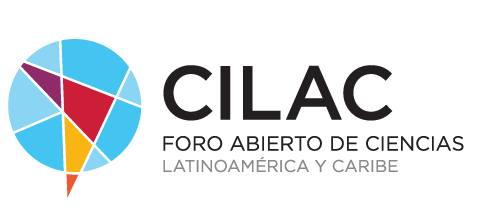'Ancestral identities' moved with the stones.

Because of its ability to repair DNA damage or destroy cancer cells, an antioxidant found in green tea can increase levels of p53, a natural anti-cancer protein.
This study published in Nature Communications details the direct interaction between p53 and the green tea compound, epigallocatechin gallate (EGCG).
Epigallocatechin gallate
Mutations in p53 are found in more than 50% of human cancers, while EGCG is the main antioxidant in green tea. And there is a previously unknown direct interaction between the two, which points to a new path for the development of anti-cancer drugs.
P53 has several well-known anticancer functions, including stopping cell growth to allow DNA repair, activating DNA repair, and initiating programmed cell death, called apoptosis, if the DNA damage cannot be repaired.
For its part, EGCG is a natural antioxidant, meaning it helps undo the almost constant damage caused by oxygen metabolism.
The team of researchers discovered that the interaction between EGCG and p53 preserves the protein from degradation.
We already knew that, among their many biological activities, the predominant polyphenols in green tea (EGCG, EGC, ECG and EC) and the theaflavins and thearubigins present in black tea have antioxidant properties. These chemicals, especially EGCG and ECG, have considerable free radical scavenging activity, and can protect cells from suffer DNA damage caused by reactive oxygen species.
–
The news
An antioxidant found in green tea may increase levels of p53, a natural anti-cancer protein
was originally published in
Xataka Science
by
Sergio Parra
.

